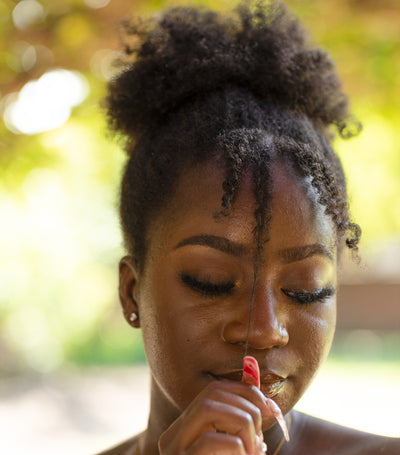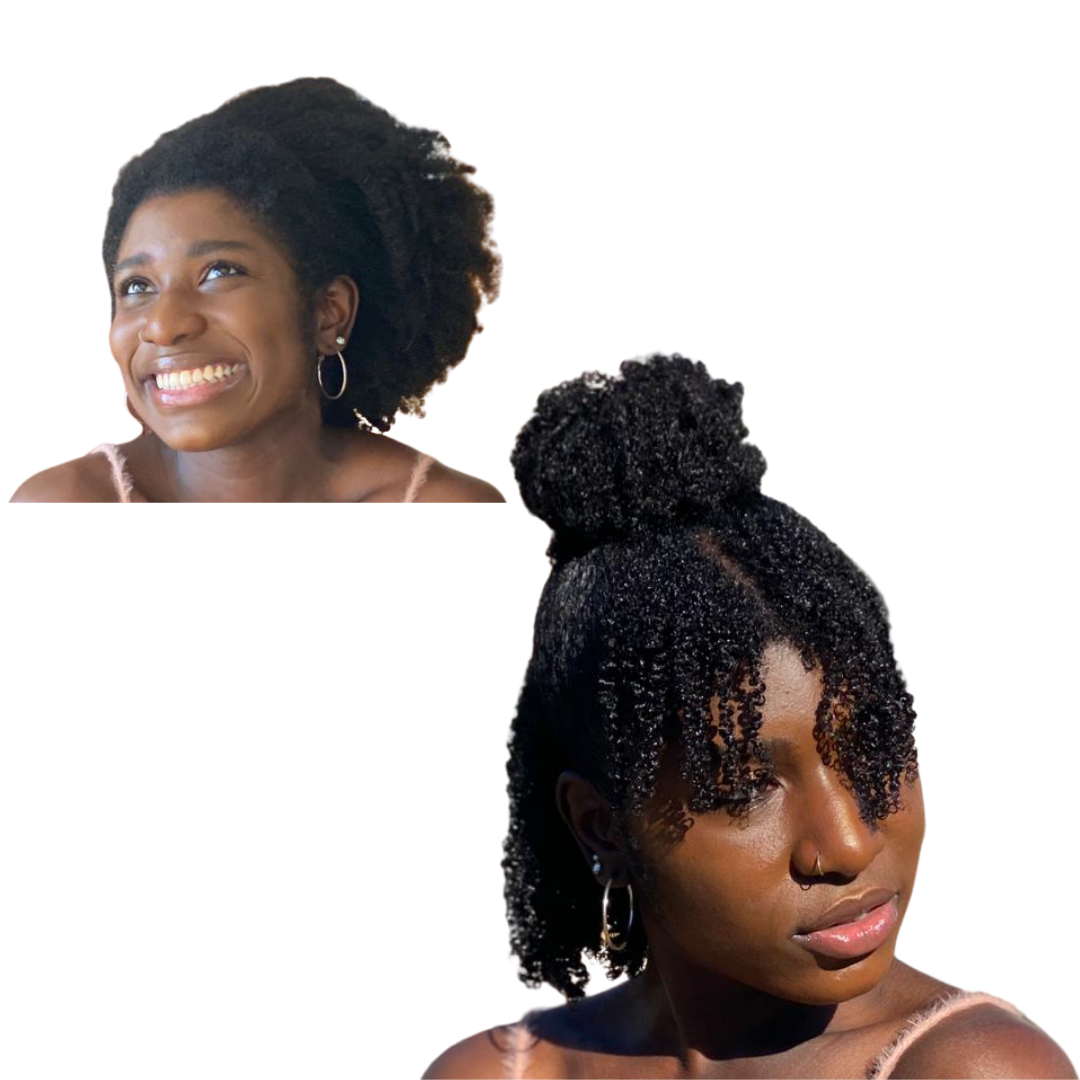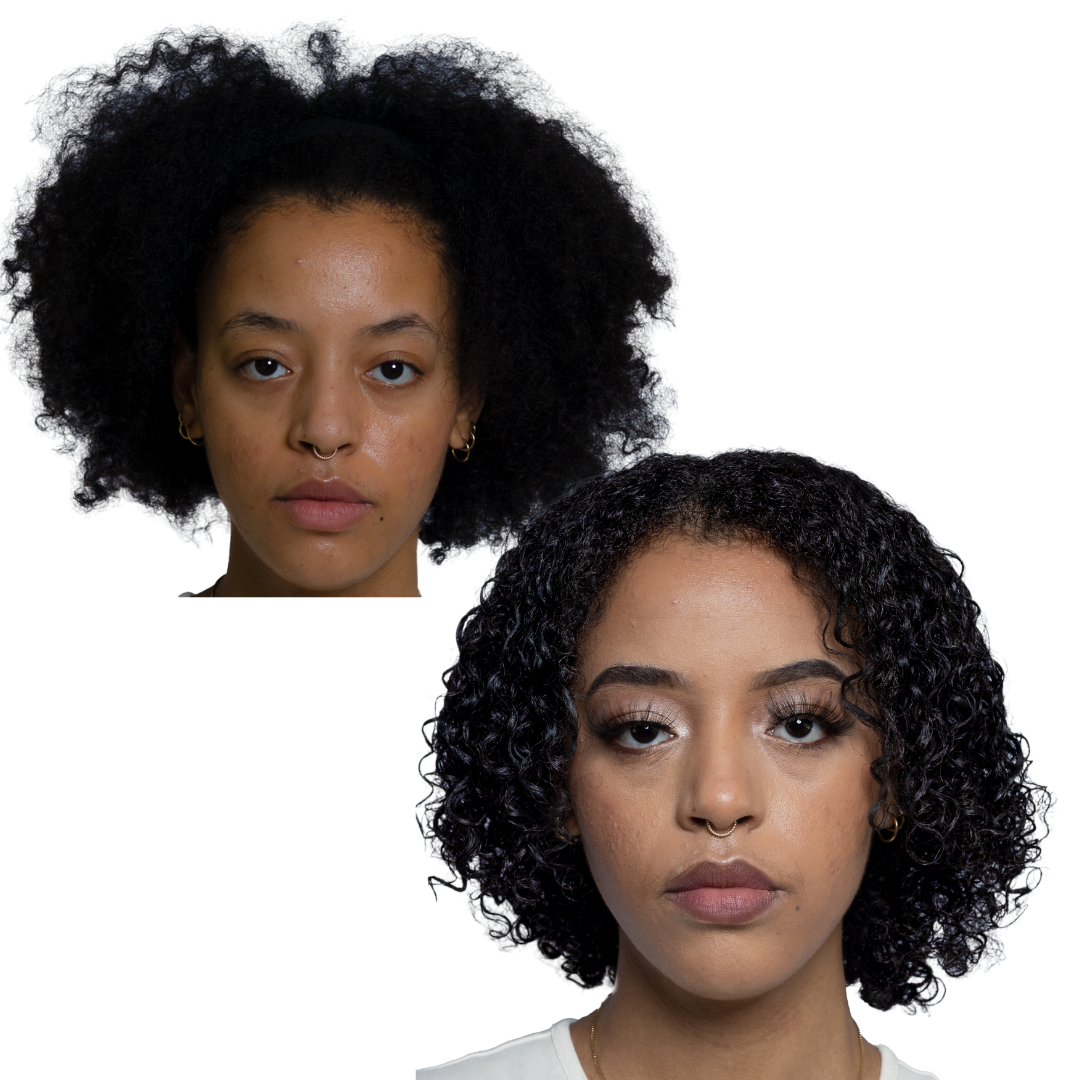
Dry Hair Issue: How to Care About Your Hair During Winter
As we enter the peak of winter, it’s normal to feel like our typical beauty routines may need to be excited to protect our hair and skin from daily exposure to the harsh cold and dry conditions. Unfortunately, the combination of the reduction in humidity outside with the increase in the use of indoor heating in the wintertime affects the skin’s moisture levels, as it causes the water level to decrease in the epidermis (the outermost skin layer)–often leading to dry, itchy, flaky, and cracked skin (Harvard, 2011).
Why is your hair dry during winter?
Some steps you can take to replenish some of the skin’s moisture include avoiding excessive hot showering and scrubbing that can strip the skin of its natural oils, as well as being sure to apply a rich moisturizer immediately after showering (Harvard, 2011). In addition, you can check out the moisturizer cheat sheet in the Moisturizing Tips and Tricks for Skin post to find which ingredients you should be looking for when perfecting your winter skincare routine.
But what about your Hair? How can dry, brittle, and curly hair be avoided when the weather reaches frigid temperatures? Usually, I have experienced dehydrating effects on my hair due to winter weather. I decided to ask Dr. Cynthia Kankeu, a science and beauty guru who creates products for all hair textures based on porosity (ability to acquire and maintain moisture). She recommends fighting against this common problem. Dr. Kankeu uses her knowledge of hair structure, the process of its dehydration, and an understanding of the composition of hair products at a molecular level to outline her three biggest tips for keeping hair soft and moisturized all year long.
Tips for care for your hair dry during winter.
To help simplify hair care, I’ve shared her advice along with some other essential tips below:
Understand your hair type.
To care for your dry hair, you must understand the characteristics of your hair and how they are affected by changes such as temperature and humidity levels. Once you learn more about your hair’s unique qualities, you can better select what products you should use and what steps you can take for better results. For example, the shape of hair strands affects the presence of sebum, an oil naturally secreted by the scalp that travels down the hair shaft and increases moisture levels. The curlier the hair strand, the more difficult it is for sebum to travel from the follicle to the hair ends, leading to drier ends. Because of this, curly and wavy hair may require a water-based leave-in conditioner to add even more moisture to the hair after conditioning.
Use oil to seal in your hair’s moisture.
Oils are hydrophobic, meaning they repel water, making it harder for the water and conditioning products to exit the cuticle and evaporate into the air, leaving hair more moisturized. The best oil to use if your hair is high porosity is coconut oil, Dr. Kankeu explains since it can penetrate hair that often has lost protein, the primary component of hair fibers. For low porosity hair, a lighter oil like jojoba or argan oil is a good option. For the best results, oils should be applied to wet hair after using a moisturizing product such as a leave-in conditioner to retain the maximum amount of water.
Pay attention to the ingredients in your products.
Dr. Kankeu explained the good and bad of products containing humectants when it comes to hair care. Humectants include ingredients like honey and glycerin that attract water from the air to keep hair fibers moisturized. While this can be an effective way to moisturize hair when there is plenty of moisture in the air, using a high concentration of humectants in the winter can have a counteractive effect on the hair, leading to more brittle hair. In this way, you can prevent your hair dry during winter.
Conclusion:
Now that you have a better idea of the mechanisms of hair moisturization and what types of products affect moisture levels, a good next step would be to determine what type of porosity your hair is and do some research on what methods are best.
An easy way to perform a porosity test is to take a dry, clean hair strand and drop it into a cup of water. After 5 minutes, you will know you have low porosity hair if the hair floats, meaning you have an easier time retaining and a more challenging time attaining moisture. On the other hand, if the hair sinks, your hair is high porosity, meaning the fiber is very porous, and water enters and leaves very quickly. Once you determine that, look for products that are fit for your hair.
Check out Kank’s Store, Dr. Kankeu’s homemade products with natural ingredients designed based on unique hair porosity. No matter what hair type or texture you have, one of Dr. Kankeu’s most essential pieces of advice is to drink plenty of water during the winter. Make sure your hair and skin are also being moisturized from the inside. Moreover, do your research on your hair to retain moisture and have healthier hair in the colder months. If you have any questions or suggestions related to the Dry Hair Issue during winter, you can ask or comment below.
References
Gavazzoni Dias, M. (2015). Hair cosmetics: An overview. Retrieved December 19, 2020, from https://www.ncbi.nlm.nih.gov/pmc/articles/PMC4387693/
Harvard Health. (2011, February). What to do about dry skin in winter. Retrieved December 19, 2020, from https://www.health.harvard.edu/womens-health/what-to-do-about-dry-skin-in-winter



















Leave a comment
This site is protected by hCaptcha and the hCaptcha Privacy Policy and Terms of Service apply.